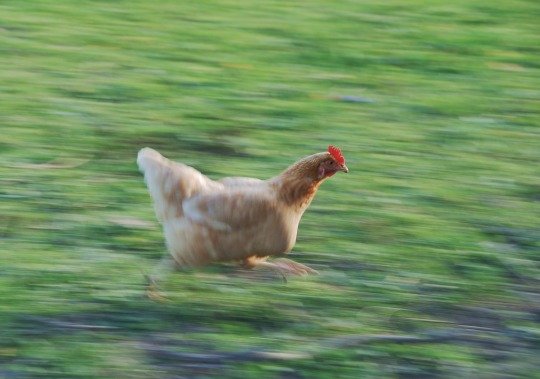By Chase D. Mendenhall
Fried, roasted or barbequed—most of us have a preference for cuts of light or dark meat when chicken is for dinner. But why the striking differences between dark and light meat?
Chickens are gallinaceous birds, meaning they belong to a group of heavy-bodied, ground-feeding birds that generally prefer not to fly. Their leg muscles are used for standing, walking, and running throughout the day. Like a marathon runner, chickens build muscles in their legs that are highly resistant to fatigue and require lots of oxygen for the aerobic exercise being on foot all day. In fact, drumsticks and thighs get their color from the iron held in a special muscle fiber, myoglobin. The myoglobin in the dark muscles breaks down during cooking, giving the cooked meat a brownish color.

Chickens build muscles in their wings and breasts for explosive bursts of flight from a resting position, similar to a bodybuilder maxing out their bench press. The flight of a chicken is mostly an anaerobic exercise, meaning that muscles are reacting quickly and doing extremely hard work in the absence of oxygen. Lighter muscle fibers take up sugars to fuel the explosive movement of flight from a standstill, but these muscles fatigue very quickly. When muscles with very little myoglobin muscle fibers are cooked, the proteins in the muscle fibers denature and coagulate, resulting in the white, opaque appearance we associate with a chicken breast.
But what about duck breast, isn’t it dark meat? Duck à l’orange and Pan Roasted Duck only have darker cuts of meat for us to choose from—including the breasts. Because ducks use their flight muscles to sustain long-distance flights, they stock their flight muscles with myoglobin to sustain aerobic flight. The aerobic demands of flight for a duck means that their meat is a darker color when served for supper.
Chase Mendenhall is Assistant Curator of Birds, Ecology, and Conservation at Carnegie Museum of Natural History. Museum employees are encouraged to blog about their unique experiences and knowledge gained from working at the museum.
